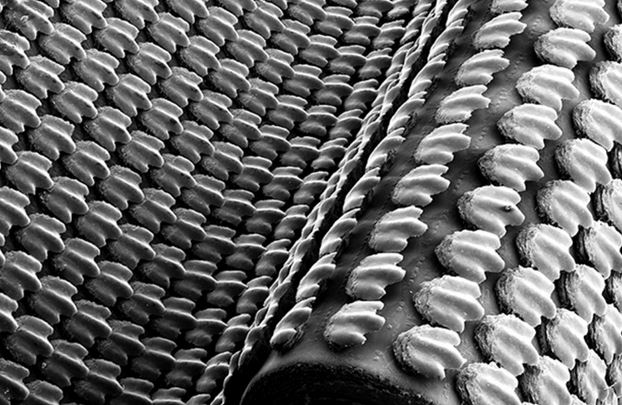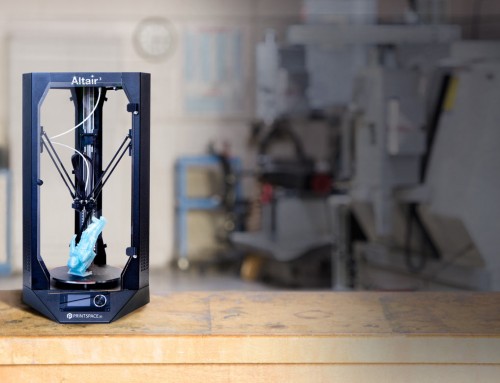The 3D printing industry is continually using advanced materials to further technology. Most recently, they have developed shark skin.
Scientists have long turned to nature to look for ways to improve tech, but shark skin has been somewhat problematic. A shark’s skin is comprised of tiny little scales called denticles which cut back on drag and helps to propel them through the water quickly. They are tiny and hard to replicate, but researchers at Harvard University have finally found a way to make 3D printed shark skin.
The denticles that cover a shark are tiny and overlap, so researchers needed a surface that would flex like a sharks skin, but allow for placement of their designer denticles. After about a year of trial and error with different materials, the team turned to 3D printing to print those rigid teeth onto a flexible substrate and the rest is history as they say.
The denticles on the 3D printed shark skin are 10 times larger than those found on a shark, as not even the best 3D printers can replicate shark skin on a natural scale at this time. That said, the printed skin works on a larger scale and has shown a 6.6% boost to swimming speed when tested on flexible paddles. That may not sound like much, but when you consider those are paddles, not propellers or suits, it’s pretty darned impressive.
It will be years before 3D printed shark skin finds its way into consumer product, but where there’s a will, there’s a way. As 3D printing technology improves, researchers will inch closer to matching the scale of a real deal with their 3D printed shark skin and we may someday have denticle covered boat propellers, hulls, and shark skin swim suits.
Source: Journal of Experimental Biology Via – Animals i09





